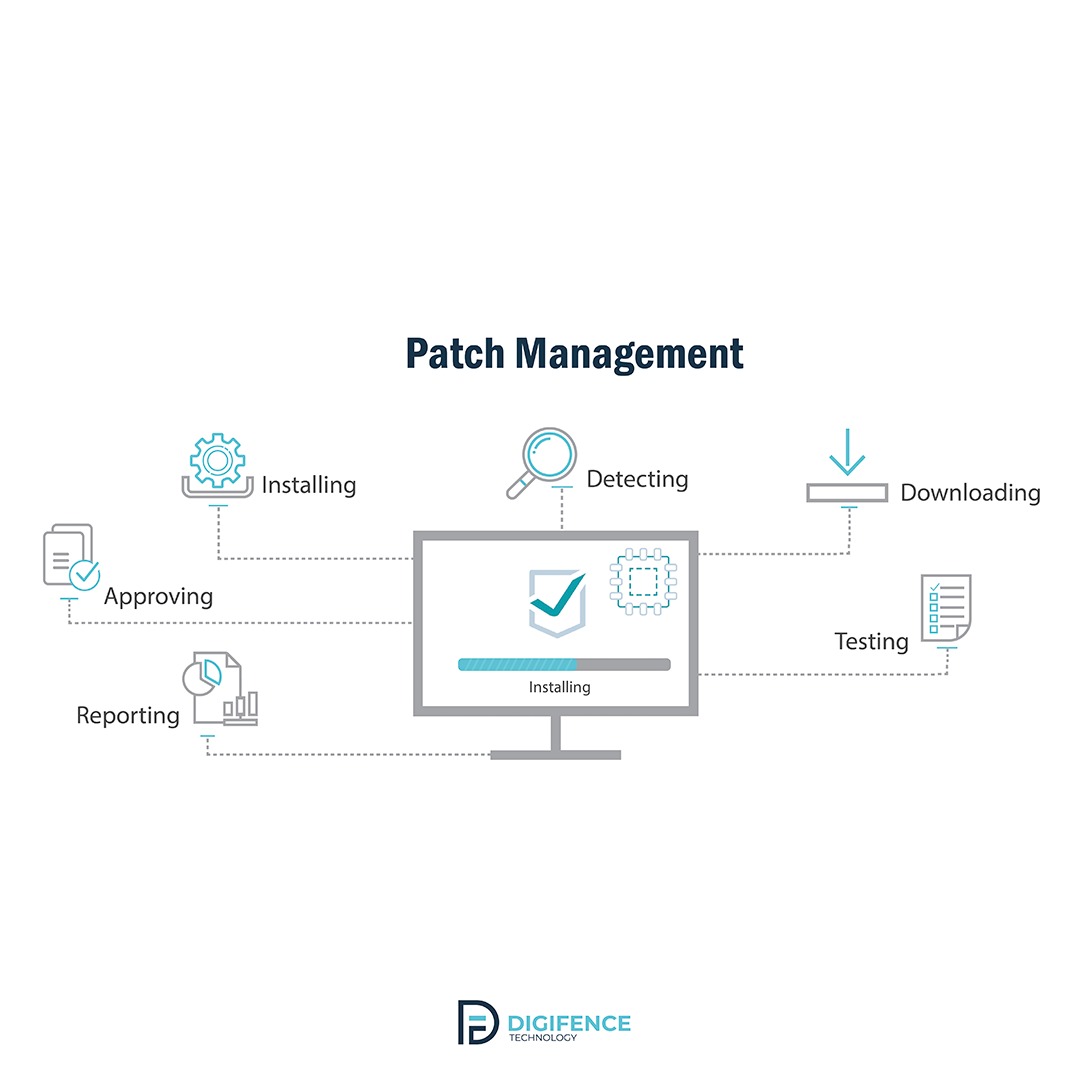- 3 Jul, 2020
“Lack of patch management process in organizations opens the window for various attack vectors resulting in a complete failure of any cyber defense strategy.”
Yervand Jhangiryan, CISO of DIGIFENCE
Why is patch management important?
The number of cyber-attacks is rapidly increasing with each passing day. Patch management is important because patches help to maintain the health and security of the systems that are being patched. Additionally, patches are sometimes used to bring software up-to-date so that it will work with the latest hardware.
Patch management allows for the centralized management of the detection, download, installation, and reporting of patches on a computer system. Most major software companies periodically release patches for their products. Patches are often used to address security vulnerabilities, fix bugs that have been discovered in software and introduce new features. Patch management automates the entire process where you don’t have to spend man hours going around to every computer and manually checking and applying patches.
Common areas that will need patches include operating systems, applications, and embedded systems (like network equipment). When a vulnerability is found after the release of a piece of software, a patch can be used to fix it. Patch management process ensures that assets in your environment are not susceptible to exploitation.
As long as patches can sometimes introduce problems into a system that was previously working correctly, it is important for IT administrators to test patches prior to deploying them on production network. Patch needs to be approved before it gets generally deployed to all managed machines. Separate approval policies for each machine collection should be defined.
Standard protection measures might not provide ample security due to the rising cases of malware attacks. Proper patch management is absolutely necessary to combat various forms of cyber-attacks.
